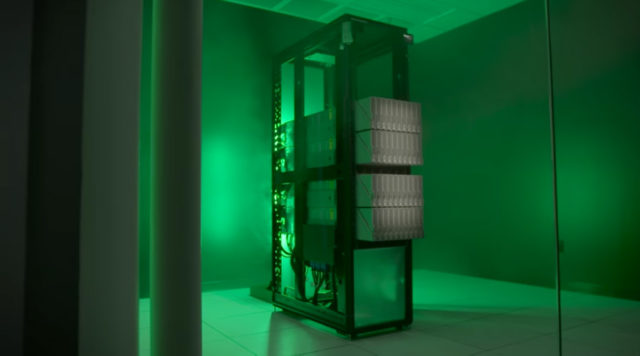HPE first gave a slight hint about their ambitious supercomputer project back in 2014. The conventional computing architecture uses electrons to transfer information – which is slow – from one CPU to another. The Machine deploys a method known as photonics which uses light to move data between the processor cores and a large shared memory pool (roughly hundreds of petabytes for future scenarios) accessible by all processors. The shared pool of fabric attached memory eliminates the need for shifting the data from one processor to another.
Also, it differs regarding how the memory is accessed. For instance, in the case of server computers connected to a volatile DRAM – taking data from a storage disk – store information in Cache. The current prototype of The Machine uses DRAM memory, but non-volatile Phase Change memory succeeds it, followed by the memory based on Memristor technology (currently in development). Memristor will kick out the intermediate memory like DRAM, cache, etc.
The Machine – capable of achieving execution speeds up to 8,000 times faster than conventional machines – is intended to be a data center solution, but the memory-driven computing may find its applications in various consumer devices and have a considerable impact on the IoT revolution.
Author: Aditya Tiwari
Date: December 6, 2016 05:24 am
via: Fossbytes
